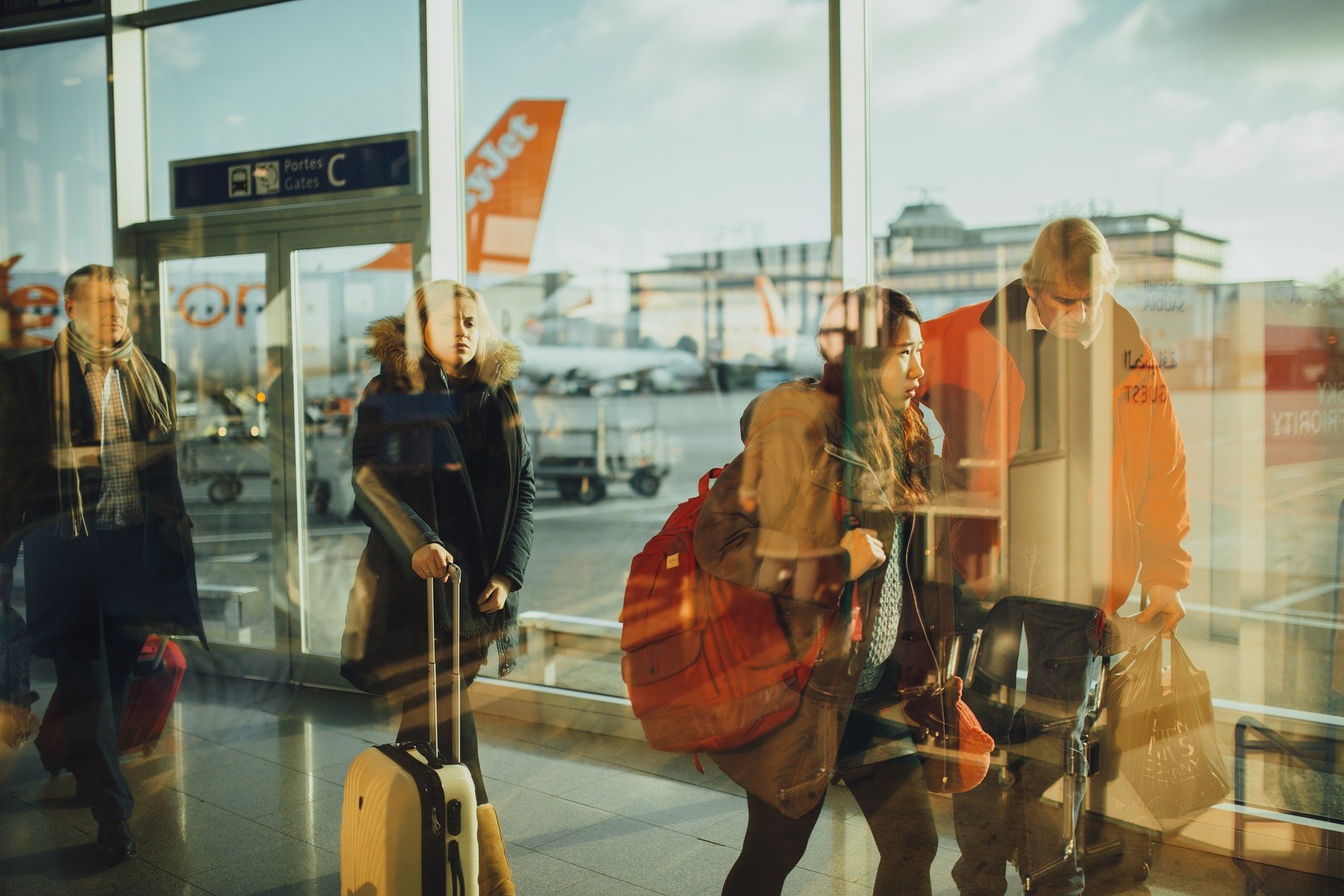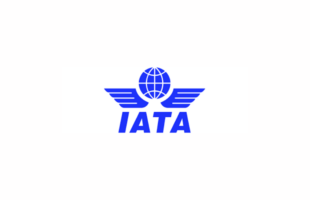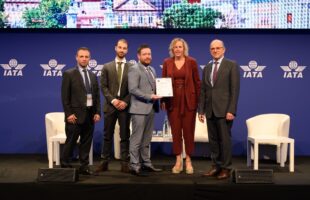
Free-Photos/Pixabay

The International Air Transport Association (IATA) urged governments to avoid quarantine measures when re-opening their economies. IATA is promoting a layered approach of measures to reduce the risk of countries importing COVID-19 via air travel and to mitigate the possibility of transmission in cases where people may travel while unknowingly being infected.
“Imposing quarantine measures on arriving travelers keep countries in isolation and the travel and tourism sector in lockdown. Fortunately, there are policy alternatives that can reduce the risk of importing COVID-19 infections while still allowing for the resumption of travel and tourism that are vital to jumpstarting national economies. We are proposing a framework with layers of protection to keep sick people from traveling and to mitigate the risk of transmission should a traveler discover they were infected after arrival,” said Alexandre de Juniac, IATA’s Director General and CEO.
IATA encourages a layering of bio-safety measures in two areas:
Reducing the risk of imported cases via travelers:
- Discouraging symptomatic passengers from traveling: It is important that passengers do not travel when ill. To encourage passengers to “do the right thing” and stay home if they are unwell or potentially exposed, airlines are offering travelers flexibility in adjusting their bookings.
- Public health risk mitigation measures: IATA supports health screening by governments in the form of health declarations. To avoid privacy issues and cut the risk of infection with paper documents, standardized contactless electronic declarations via government web portals or government mobile applications are recommended.
Health screening using measures such as non-intrusive temperature checks can also play an important role. Although temperature checks are not the most effective screening method for COVID-19 symptoms, they can act as a deterrent to traveling while unwell. Temperature checks can also shore-up passenger confidence: in a recent IATA survey of travelers, 80 percent indicated that temperature checks make them feel safer when traveling.
- COVID-19 testing for travelers from countries perceived to be “higher-risk”: When accepting travelers from countries where the rate of new infections is significantly higher, the arrival authority could consider COVID-19 testing. It is recommended that tests are undertaken prior to arrival at the departure airport (so as not to add to airport congestion and avoid the potential for contagion in the travel process) with documentation to prove a negative result. Tests would need to be widely available and highly accurate, with results delivered quickly. Test data would need to be independently validated so as to be mutually recognized by governments and securely transmitted to the relevant authorities. Testing should be for an active virus (polymerase chain reaction or PCR) rather than for antibodies or antigens.
Mitigating Risk in Cases Where an Infected Person Does Travel
- Reducing the risk of transmission during the air travel journey: IATA encourages the universal implementation of the Take-Off guidelines published by the International Civil Aviation Organization (ICAO). Take-Off is a temporary risk-based and multi-layered approach to mitigate the risks of transmitting COVID-19 during air travel. The comprehensive Take-Off guidelines are closely aligned with the recommendations of the European Union Aviation Safety Agency (EASA) and the US Federal Aviation Administration (FAA). These include mask-wearing throughout the travel process, sanitization, health declarations, and social distancing where possible.
- Contact tracing: This is the back-up measure, should someone be detected as infected after arrival. Rapid identification and isolation of contacts contain the risk without large-scale economic or social disruption. New mobile technology has the potential to automate part of the contact-tracing process, provided privacy concerns can be addressed.
- Reducing risk of transmission at destination: Governments are taking measures to limit the spread of the virus in their territory that will also mitigate the risk from travelers. In addition, the World Travel and Tourism Council (WTTC) Safe Travel protocols provide a pragmatic approach for the hospitality sector to enable safe tourism and restore traveler confidence. Areas of the industry covered by the protocols include hospitality, attractions, retail, tour operators, and meeting planners.
“Safely restarting the economy is a priority. That includes travel and tourism. Quarantine measures may play a role in keeping people safe, but they will also keep many unemployed. The alternative is to reduce risks through a series of measures. Airlines are already offering flexibility so there is no incentive for sick or at-risk people to travel. Health declarations, screening, and testing by governments will add extra layers of protection. And if someone travels while infected, we can reduce the risk of transmission with protocols to prevent the spread during travel or when at the destination. And effective contact tracing can isolate those most at risk without major disruptions,” said de Juniac.
There are some hurdles to being able to implement the full suite of measures. “Data transmission, required for health declarations, testing, and tracing, raises privacy concerns. And mutually recognized standards would be needed for testing. Governments have a common interest in finding solutions. The rapid agreement by governments to ICAO’s Take-Off guidelines demonstrates that progress on complex issues is possible where there is the political will to do so,” said de Juniac.
There is every economic incentive to make a layered approach work. WTTC estimates that travel and tourism account for 10.3 percent of global GDP and 300 million jobs globally (direct, indirect, and induced economic impact).
Mandatory quarantine measures stop people from traveling. Recent public opinion research revealed that 83 percent of travelers would not even consider traveling if quarantine measures were imposed on travelers at their destination. An analysis of trends during the lockdown period shows that countries imposing quarantine saw arrivals decrease by more than 90 percent—an outcome that is similar to countries that banned foreign arrivals.
“A layered approach to safety has made flying the safest way to travel while still enabling the system to function efficiently. That should be an inspirational framework to guide governments in protecting their citizens from the terrible risks of both the virus and joblessness. Quarantine is a lop-sided solution that protects one and absolutely fails at the other. We need government leadership to deliver balanced protection,” said de Juniac.






